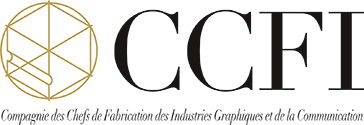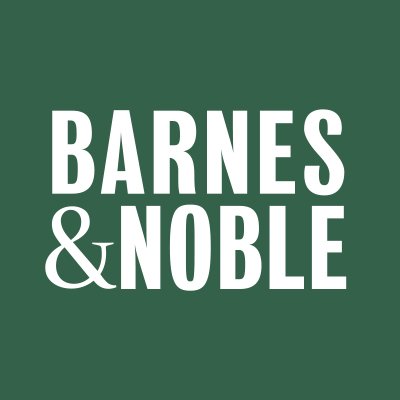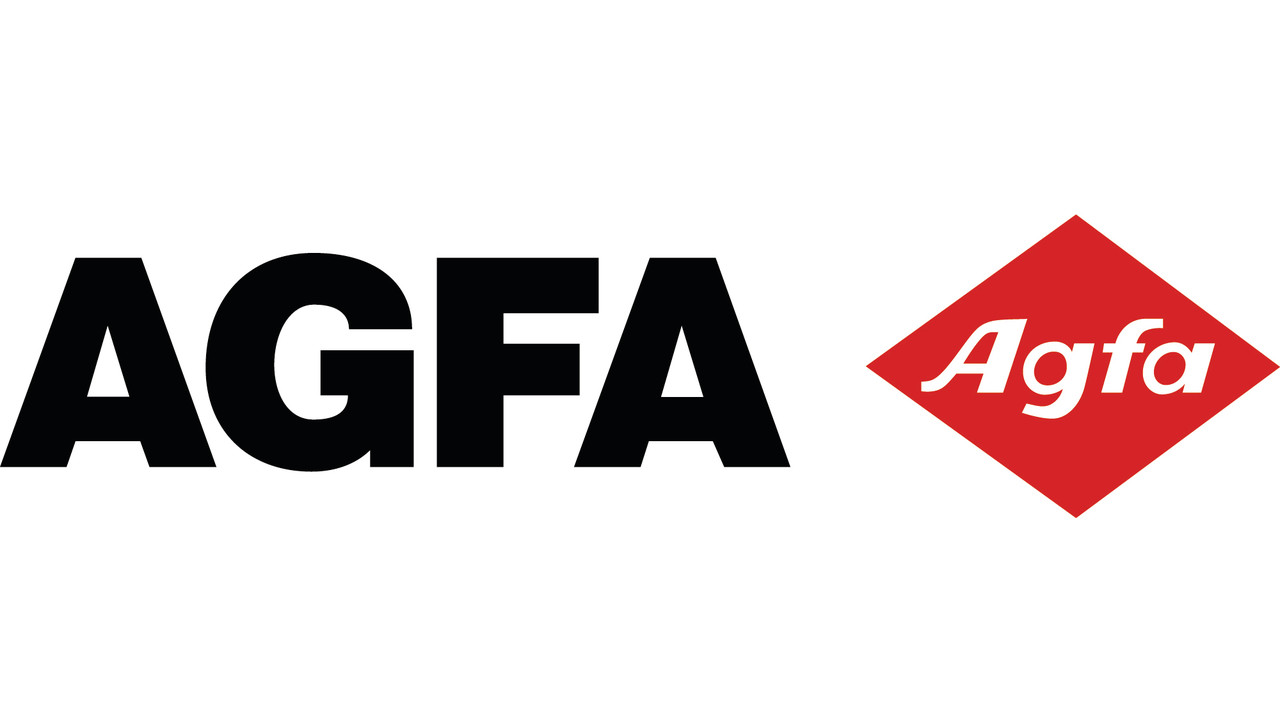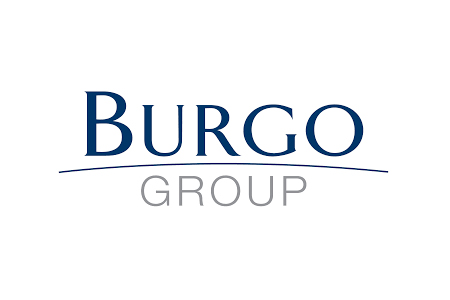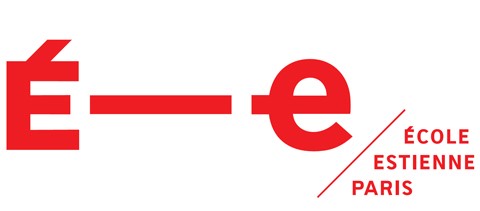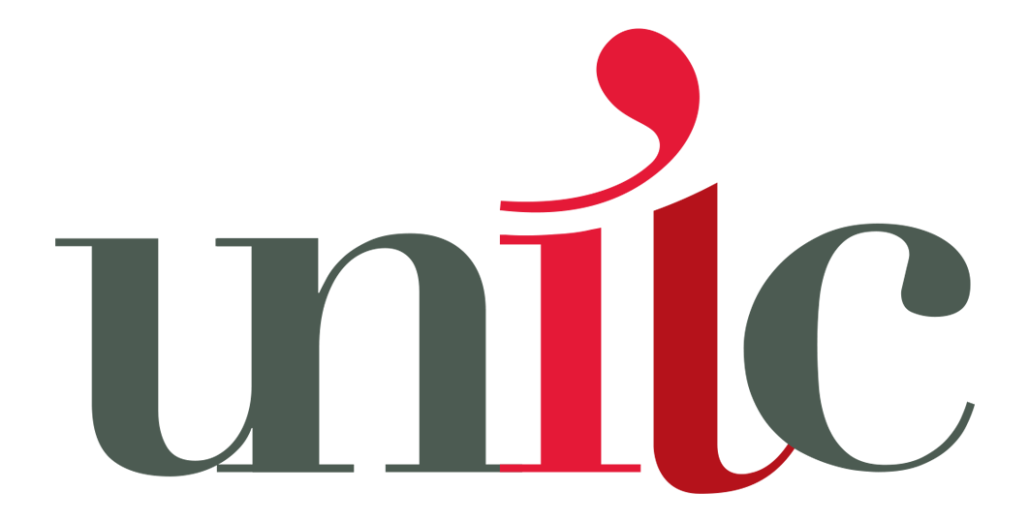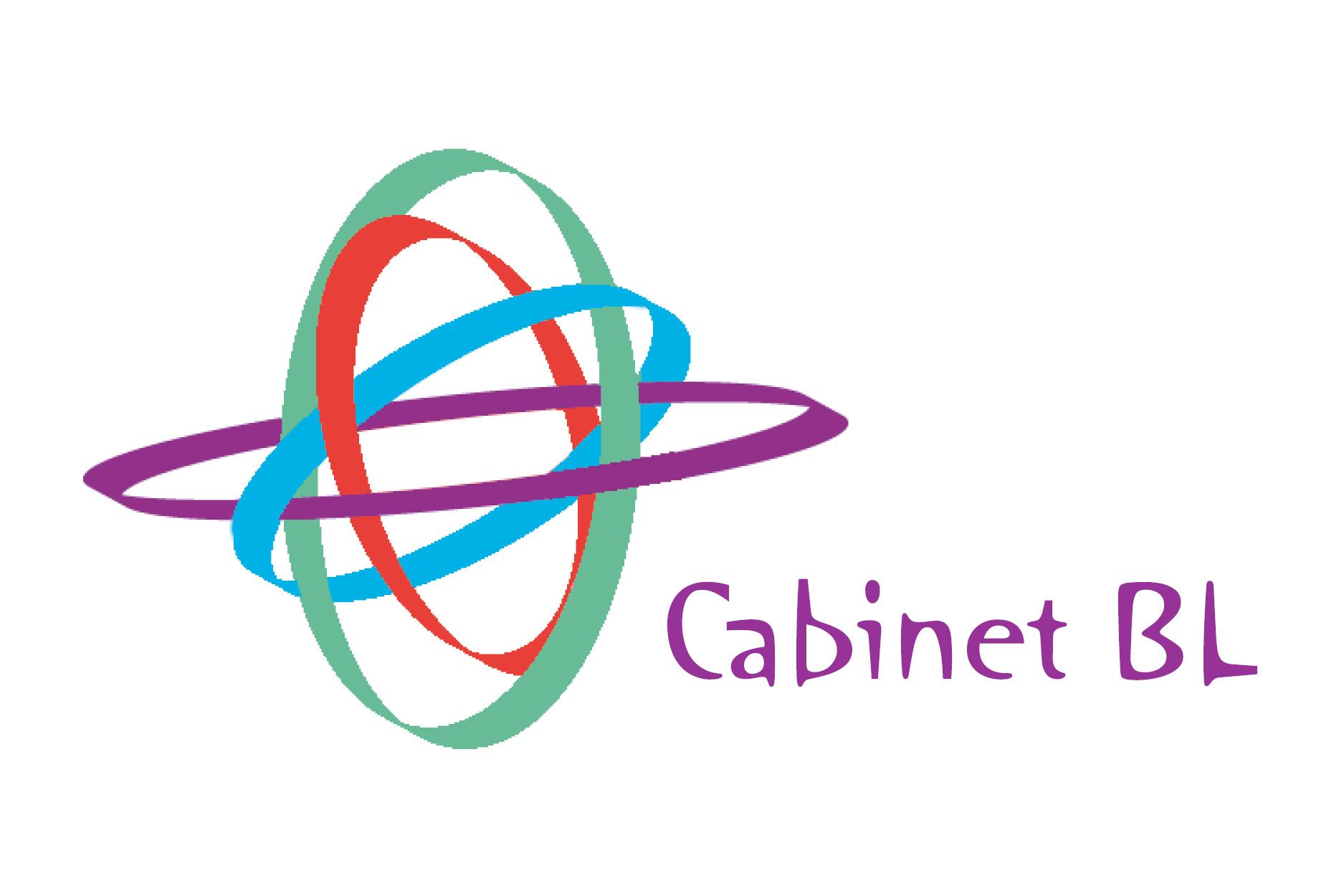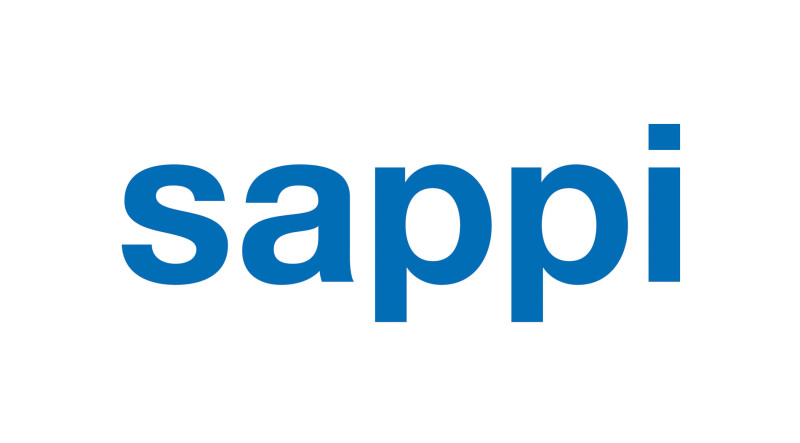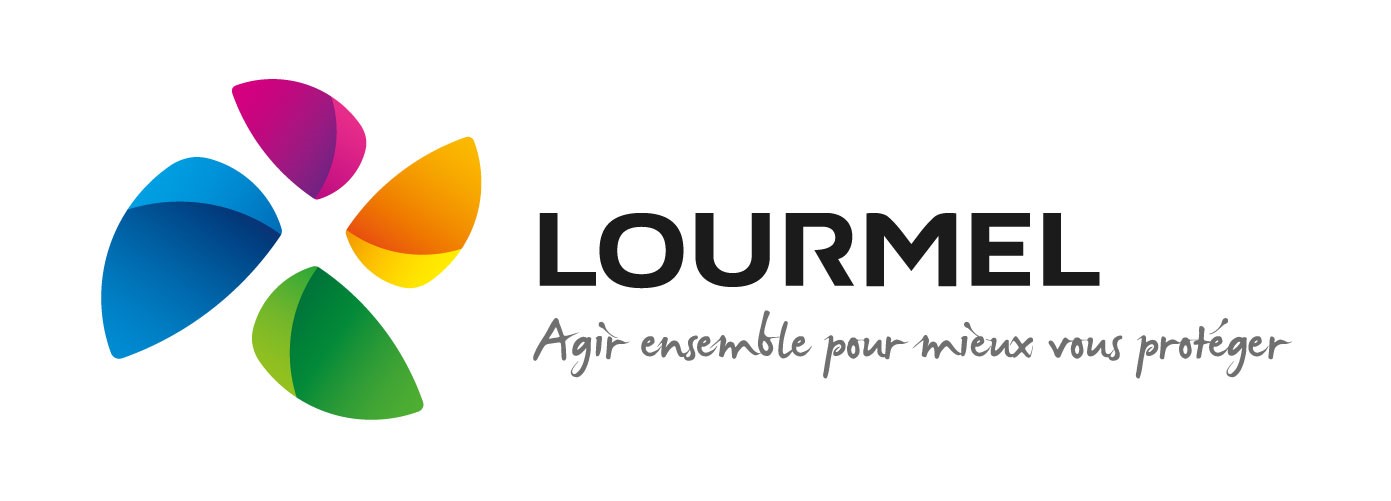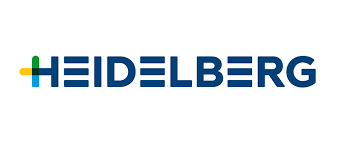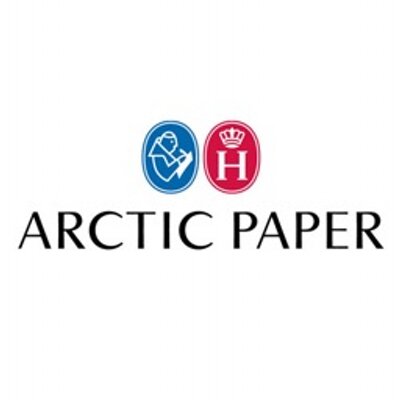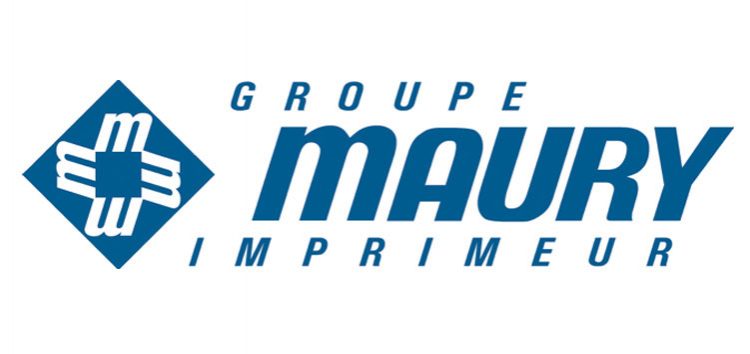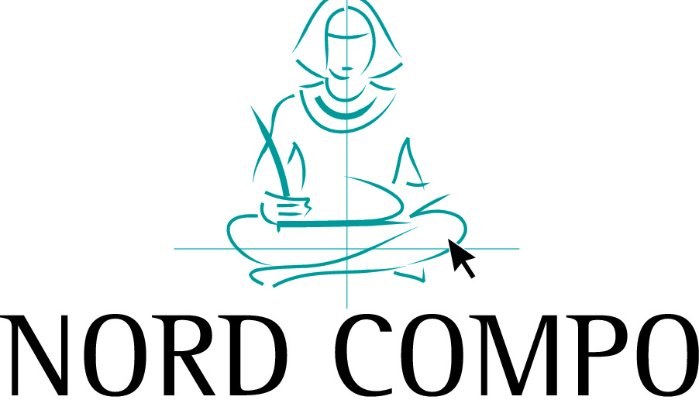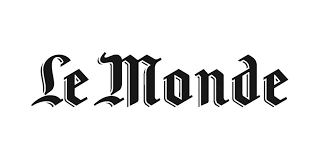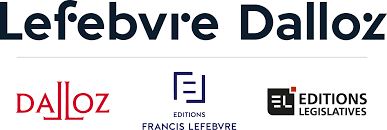Walking into the big Barnes & Noble store in New York’s Union Square a few years ago, a book lover might have been surprised by what they found: an absence of books. Barnes & Noble shops were once full of other things: Lego sets, calendars, Funko Pop figurines, puzzles, chocolates – all with their own display shelves. The books were mainly upstairs.
Not any more. Now, “you’re not seeing much beyond books”, says James Daunt, Barnes & Noble’s British chief executive, standing on the first floor of the giant bookstore, the second-largest in the US. “I mean, there are other things, but it’s unequivocally book-driven.”
On a spring afternoon, the books seem to be successfully drawing a stream of browsers to the four-storey shop. People popping in from a run flip through mysteries and romance paperbacks near the front, while backpack-wearing teens giggle excitedly in the young adult section on the second floor. They pay little attention to the soft-spoken man walking through the store in a grey suit. “I’m not wearing my bookseller threads,” Daunt says with a laugh. “This is not what a bookseller looks like.”
Barnes & Noble is the US’s largest remaining book chain but, under Daunt, each of the chain’s approximately 600 stores is meant to operate like an independent bookstore – unique and highly curated to fit a local community. The aim is to offer something completely different from Amazon, where about half of all print books sold in the US are bought.
“Amazon doesn’t care about books … a book is just another thing in a warehouse,” Daunt says. “Whereas bookstores are places of discovery. They’re just really nice spaces.”
At Union Square, one section is dedicated to fiction and nonfiction about New York City. Another table, labelled “BookTok”, displays books that have become viral hits thanks to TikTok’s powerful influencers.
“It doesn’t matter what table you’re looking at, you’re probably looking at a reasonably intelligent selection of books that feels appropriate for here,” Daunt says. “This will be different from Fifth Avenue, which will be different from the Upper West Side, and we’re just talking about [New York]. Whereas when I turned up, it was identical everywhere.”
Daunt, 59, quit his job as an investment banker to launch Daunt Books in London in 1990. His first store, in Marylebone, grew into a chain, and in 2011, he was appointed managing director of Waterstones in the hope that an independent bookseller’s playbook could resurrect the troubled chain. The plan worked, and in 2017 Waterstones announced its first profit in years.
Meanwhile, in the US, the fortunes of Barnes & Noble were following the downward trajectory of other bricks-and-mortar businesses that could not keep up with online competitors. Union Square is testament to that: a Toys R Us once flanked the bookshop to the east, a Virgin Megastore to the south. Both are gone.
Fighting to stay in the game, the company closed stores across the US. By 2018, 400 branches nationwide had closed and thousands of employees had been laid off. Elliott Investment Management, the New York hedge fund that owns Waterstones, acquired Barnes & Noble in 2019 for $683m, along with the debt the company had accumulated over the years. It quickly set Daunt up as chief executive.
Daunt’s tactic at Barnes & Noble has been the same as the one he used at Waterstones – taking the “corporate” out of a corporate bookstore chain.
Barnes & Noble, he says, had been running itself like a conventional corporate retailer. Each store was the “same, same, same” – something that works at stores such as Staples, the office supplies chain and the bookshop’s neighbour in Union Square, but not at other places, he says. “At Staples, when you walk in, you definitely want consistency. You want to be able to buy your printer ink, your notepads, your pens. Staples basically runs the same store everywhere, and you as a consumer are happy because it’s the same everywhere.”
Barnes & Noble’s corporate leadership, he says, “wanted to behave like conventional retailers”. “It wasn’t because they were stupid or because they were idle. It was simply that they didn’t understand bookselling.”
Specifically, they did not understand the importance of curation. For example, the stores had “co-op” agreements with publishers that allowed the latter to dictate what titles were in prime display spots, such as a store window or a table near the entrance, for a yearly fee.
“You have the same books on the table, the same books on the shelf, the same arrangement,” Daunt says. “You end up having stores full of books your customers don’t want to buy.”
Though Barnes & Noble was making revenue from these deals, Daunt argues it was ultimately losing more. With the co-op agreements, which he has now ended, the chain was returning 30% of its inventory unsold – about $1bn worth of books. Now, that’s down to 7%. “When you’re running your bookstore properly, it’s about 3%,” he says.
The company was also tracking how many people coming into the store were actually buying something, leading stores to develop a mindset that customers should not come in unless they were making a purchase. “That was true at Waterstones. They literally locked one door so only one opened – that will cut your footfall,” Daunt says. “These big retailer bookstores have failed to hang on to their customers because they weren’t friendly, they didn’t have the right books and they weren’t engaged.”
Booksellers in stores, Daunt argues, largely need autonomy to run their shop best. Soon after he arrived, he dramatically reduced the size of the company’s corporate staff, which used to have several offices in Manhattan.
“And now, we all fit into literally above our heads,” he says, pointing up to the corporate HQ on the flagship store’s upper floors. “If you no longer have to tell anybody what to do, you remove massive numbers of people who used to do that.”
Daunt says he tries to put himself in the shoes of store managers and ask himself what he would want from a corporate office. “To be left alone to do the bookselling part,” he says. “I want somebody to change my lightbulbs. I want somebody to fix my escalator. I want somebody to spend money when I need it, to pay rent and – as well as you possibly can – for wages. And let me get on with it.”
Once upon a time, tension existed between Barnes & Noble and independent bookstores, as fictionalised in Nora Ephron’s film You’ve Got Mail, where Tom Hanks plays a character who runs a bookstore chain clearly inspired by Barnes & Noble opposite Meg Ryan, whose character owns an independent store. But Amazon has changed the game for bookstores, both chains and independent shops. These days Barnes & Noble is the little guy too. And the publishing industry is pleased to have a rival to Amazon.
Bookstores are important for new titles, said Kristen McLean, director of business development at the US publishing-industry analyst NPD Group. Without bookstores, new books get less of an audience, a phenomenon seen during the pandemic lockdowns when people purchased fewer newly published books when shopping online.
“Barnes & Noble, being the largest chain in the country – it offers the industry consistency, a partner at scale,” McLean said. “They provide stability to the market.”
McLean said industry watchers have noticed Barnes & Noble’s “refresh” under Daunt. “I think one of the things that’s been a real success in what James Daunt has done to re-engineer the stores is that he’s taken them back to the heart of a bookseller’s mentality, giving them more autonomy,” she said.
He lights up when he talks about what the ideal bookstore should offer. He envisions shops that actually have people in them, whether or not they make a purchase, and have a selection of titles people are genuinely interested in. He says much of his focus is on the interests of younger readers.
“Good bookstores appeal to everybody, but when it’s anchored in YA [young adult], it’s particularly exciting,” he says. “Through my bookselling career, [interest in books] is marked quite a bit by what happens in that age group. Harry Potter, Twilight, all of that is in that same age group, and it’s that energy that sparks everything else.” He welcomes the children who pour into Barnes & Noble after school to browse the manga or YA section, sitting on the floor with friends. “There’s no expectation that you are buying anything. It’s a happy place – you come in, you browse,” he says.
Barnes & Noble has also embraced the popularity of BookTok, whose favourite books, by authors such as Colleen Hoover and Madeline Miller, dominate the bestseller lists and push even more readers into bookstores. The company partnered with TikTok over the summer to promote books and reading on the platform, and stores have table displays that cater to BookTok readers.
“I just see it as being one of these steps up that are part of a natural engagement with books. We as booksellers can be a part of that if we’re welcoming, if you feel like you want to go into a bookstore to find the world,” Daunt said. “Reading – and coming to bookstores – is a habit, not a fad.”
As at Waterstones, the turnaround is working: sales have been rising, and Barnes & Noble plans to open about 30 new branches this year – many of them reopenings of stores once shut to cut costs.
For Daunt, it all comes down to seeing bookstores come alive again. “These stores are full of people, and they’re full of young people, and they’re full of people buying, and that feels good,” he says. “The absolute joy of this is that [the stores are] better the less you do.”
Lire : The Guardian du 15 avril
